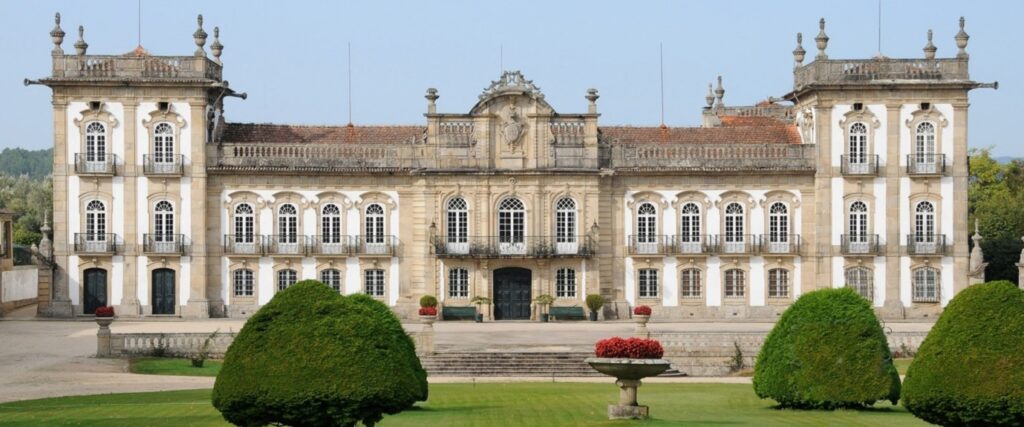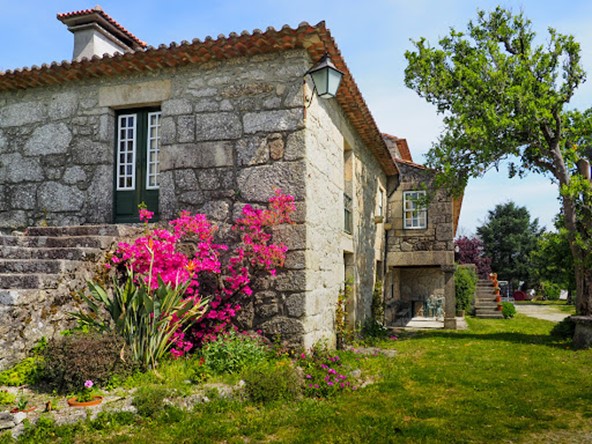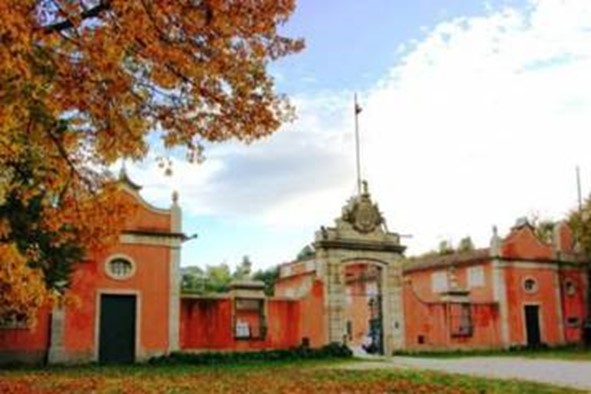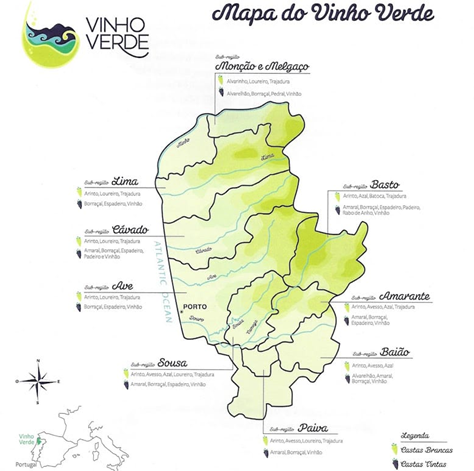“Age and glasses of wine should never be counted.”
(Unknown)
History says that Vinho Verde was the first Portuguese wine to be exported to European markets. In the sixteenth and seventeenth centuries the wines from the Minho Valley and the Lima Valley were regularly transported to northern Europe in the same boats that brought bacalhau (salted cod) and manufactured products.
Vinho Verde is a unique type of wine in the world. Literally Translated as Green Wine, its colour is anything but green, and makes more reference to being a young wine. The name refers to the natural characteristics of the region, which produce dense green foliage, one of the features that contributes towards the wine’s freshness and lightness.
This wine is produced in the northern part of Portugal in a region called Minho and occupies one of the largest and oldest wine regions in the world. It is a DOC product.
It may be red, pink (rosé) and white, but the white is the most popular and characteristic. It is a wine to be consumed shortly after bottled, and is normally slightly sparkling, although there are the Late Harvest or brandy categories.
The Vinho Verde is produced in a granitic soil, and have a high level of acidity. Here, the oldest ways of conducting the vine still survive, one of which is the hanged or uveira vine: the vines are planted next to a tree and grow on the branches of the supporting tree. Another system is the ramada or trellis, which replaced most of the hanged vines. acetaminophen butalbital and caffeine 325 mg / 50 mg / 40 mg
The red wine produced in the Verdes region, once the wine that dominated the region’s production, is now consumed almost exclusively by local populations. This wine is very acidic and has a very deep red colour.
All Vinhos Verdes are to be served and consumed slightly fresh.
The region has organised a Route to discover the Quintas (properties) that produce the wines, that perform wine tasting venues and food pairing meals.
There are several Quintas that promote activities related to Enotourism, and the majority are related to old manor houses that belonged to the owner of the estates. Some of them have been in the families for centuries, and therefore preserve the estates in the most to-date conditions and décor. The most important and representative ones are listed below as excellent visit and wine tasting activities.
Palácio da Brejoeira – built in the XIXth century, the Quinta reflect the wine production ambiance that is expected from a barroc and Neoclassic construction dated 1806. The brand name takes after the estate’s name – Palácio da Brejoeira. It is located in Monção, by the river Minho. (1)

Source: https://www.portugalbywine.com/es/experiencias/info/palacio-da-brejoeira-patrimonio-quinta_1167/
Quinta dos Abrigueiros – situated by the Natural Park of Peneda-Gerês, the property has produced wine since the XVII century, and has always belonged to the same family, today in the 10th generation. On the farm in Arcos de Valdevez, tourists are invited to participate in the harvest or watch all the agricultural work related to the production and bottling of the famous Vinho Verde “Casa da Senra”. (2)

Source: http://vinhos.arcosdevaldevez.pt/?page_id=612
Casa de Vilacetinho is an authentic small Solar do Douro, an elegant house from the XVIIth and XVIIIth centuries, surrounded by an erudite garden that separates the house from the vineyards and the rest of the agricultural space. It is located in Alpendorada. The estate organizes tours, wine tasting activities, wine lunches and dinners with menus harmonized with the farm’s wines. (3)

Source: https://www.portugalbywine.com/pt/experiencias/info/casa-de-vilacetinho-visita-prova-completa_4194/
Solar das Bouças dates back to the XVIIIth century, and its name is associated with the excellence of the Vinhos Verdes it produces. It is located in Amares, and the vineyards occupy an area of 30 hectares on the right bank of the river Cávado, offering a beautiful path through the vineyards with a view of the river. (4)

Source: https://www.portugalbywine.com/conteudos/parceiros/info.aspx?id=1674&title=solar-das-boucas&idioma=pt
Casa de Cello has been owned by the same family for over a hundred years, and has always been dedicated to the production of wines on the Quinta. It is located in the heart of Entre-Douro and Minho, near the picturesque and historic city of Amarante, in the heart of the Vinho Verde Demarcated Region. The wine brand takes up the name of the estate. (5)

Source: https://www.the-yeatman-hotel.com/pt/vinho/parceiros/casa-de-cello/
Casa de Sezim’s manor with an 18th century façade is emblazoned. Located 4 km from Guimarães – World Heritage of Humanity – in a tourist region of great interest, is known for the high quality of its white wines. The Vinhos Verdes from Casa de Sezim were also highly appreciated in the Middle Ages and a document from 1396 refers to them. Aside from wine tasting, they serve thematic meals with wine pairing. (6)

Source: http://vou.la/pt-br/casa-de-sezim-guimaraes-362073.php
List of Local Producers:
- Palácio da Brejoeira
- Quinta dos Abrigueiros
- Casa de Viacetinho
- Solar das Bouças
- Casa de Cellot
- Casa de Sezim
All the wines can be bought throughout Portugal, but in order to have a wine tasting experience, it is best to contact the producers and find the best solution to discover the production process on site, and the pairing possibilities.
Find us here:
- Palácio da Brejoeira – www.palaciodabrejoeira.pt – recepcao@palaciodabrejoeira.pt
- Quinta dos Abrigueiros – https://www.casadasenra.pt – abrigueiros.sa@gmail.com
- Casa de Viacetinho – www.casadevilacetinho.pt – casadevilacetinho@casadevilacetinho.pt
- Solar das Bouças – www.solasdasboucas.com – solardasboucas@mail.telepac.pt
- Casa de Cello – www.casadecello.pt – quinta@casadecello.pt
- Casa de Sezim – www.cezim.pt – geral@sezim.pt

